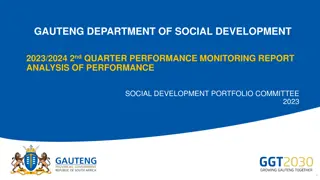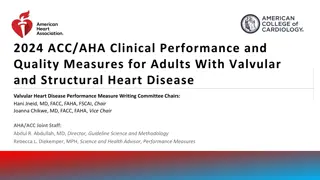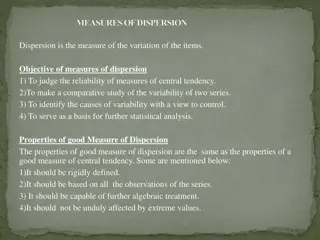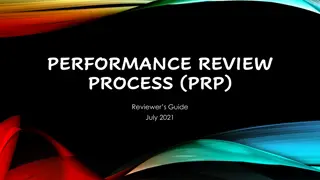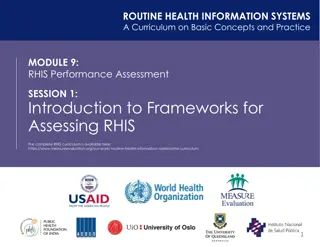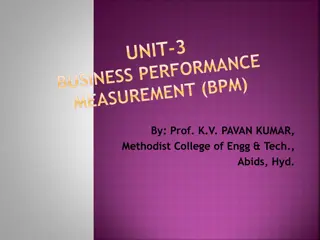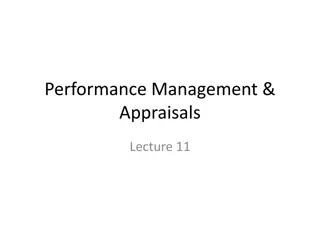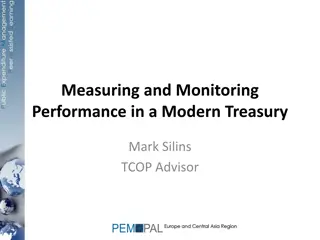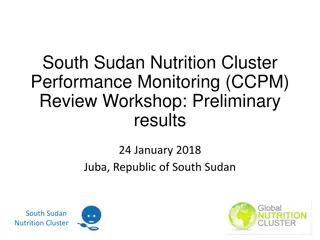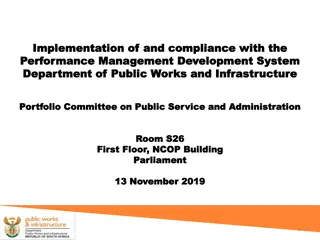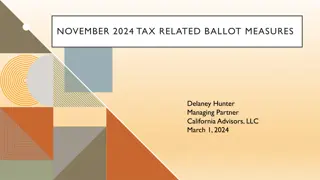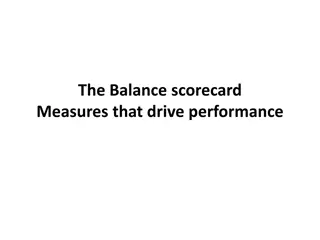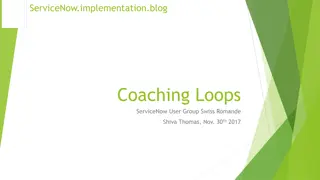A Comprehensive Guide to Raise Online Key Performance Measures
Understanding key performance measures such as prior attainment, expected progress, and value-added data is essential for assessing student achievement and informing educational decisions. This guide covers various aspects, including interpreting assessment results, setting expectations, and evaluating progress, to help educators leverage data effectively for student success.
Download Presentation

Please find below an Image/Link to download the presentation.
The content on the website is provided AS IS for your information and personal use only. It may not be sold, licensed, or shared on other websites without obtaining consent from the author. Download presentation by click this link. If you encounter any issues during the download, it is possible that the publisher has removed the file from their server.
E N D
Presentation Transcript
A Guide to Raiseonline KEY PERFORMANCE MEASURES
Prior Attainment Informs the Journey KS1 Teacher Assessments Progress KS2 Tests KS4 Exams Post 16 Progress Progress Expectation to progress from Level 2 to Level 4 A level grade is dependent on GCSE average point score Expectation to progress form level 4 to a Grade C
Prior Attainment Informs the Journey Combined RWM Level 4+ = 65% Expected levels of Progress in Reading 94% Writing 96% and maths 93% School Data Thresholds and Floors 5+A*-CEM = 40% Expected levels of Progress in English 73% and maths 68% Points: all subjects 39 33 GCSE Grade Grade APS Points Key Stage 1 Tests 4+ 3 2A 2B 2C 1 W Working towards level 1 Points: all subjects 27 21 17 15 13 9 Key Stage 2 Test A* A B 58 52 46 HPA 6 5 HPA 27 4 C 40 Progress Progress MPA MPA D E F G 34 28 22 16 3 21 LPA LPA 3 2, N or B (Below) 15 HIGH PRIOR ATTAINERS Expectation to progress from Level 2 to Level 4 Expectation to progress form level 4 to a Grade C MEDIUM PRIOR ATTAINERS LOW PRIOR ATTAINERS
Task 3 -Expected Progress - Prior Attainment (input) with Outcomes (output) Output Input Above expected Expected Below Expected
Progress 8 Student A Student A scores 60 points Student A KS2 Average Fine Level Prior Attainment - 4.5 Progress 8 is therefore 60 points scored 45.8 points estimated = 14.2 This is divided by 10 to get the Progress 8 score = 14.2/10 = +1.42
Progress 8 Student B Student A scores 43 points Student A KS2 Average Fine Level Prior Attainment - 4.5 Progress 8 is therefore 43 points scored 45.8 points estimated = -2.8 This is divided by 10 to get the Progress 8 score = -2.8/10 = -0.28
Triangulation Raise/Ofsted/School Improvement Plans Raiseonline/Ofsted Dashboard Last Ofsted Report SEF/Academy Improvement Plan Impact At least twice, KS4 expected progress (or more than expected progress) from starting points for disadvantaged pupils was well below other pupils nationally in mathematics. by an amount equivalent to three or more pupils. Ensure that progress leaders use the wide range of information they have about individual pupils in each year group to ensure that the small groups of disadvantaged pupils who are not making expected progress are helped to catch up . Outcomes: KS4 RAP focusing on exam skills, solo, HOT questions, which are being evidenced in student work. ML s focus on WIG and P8. All students and vulnerable groups are tracked and interventions are delivered. PPG and work with HPA students takes on a weekly basis for Year 11. PPE Y11 data shows P8 from -0.7 to -0.5, -0.3 in December and currently (March 2016) +0.1 PPG +0.03 and Non PPG +0.15 PPG students are showing improved performance data (18.4% to 31% 5+EM from Dec to March)




